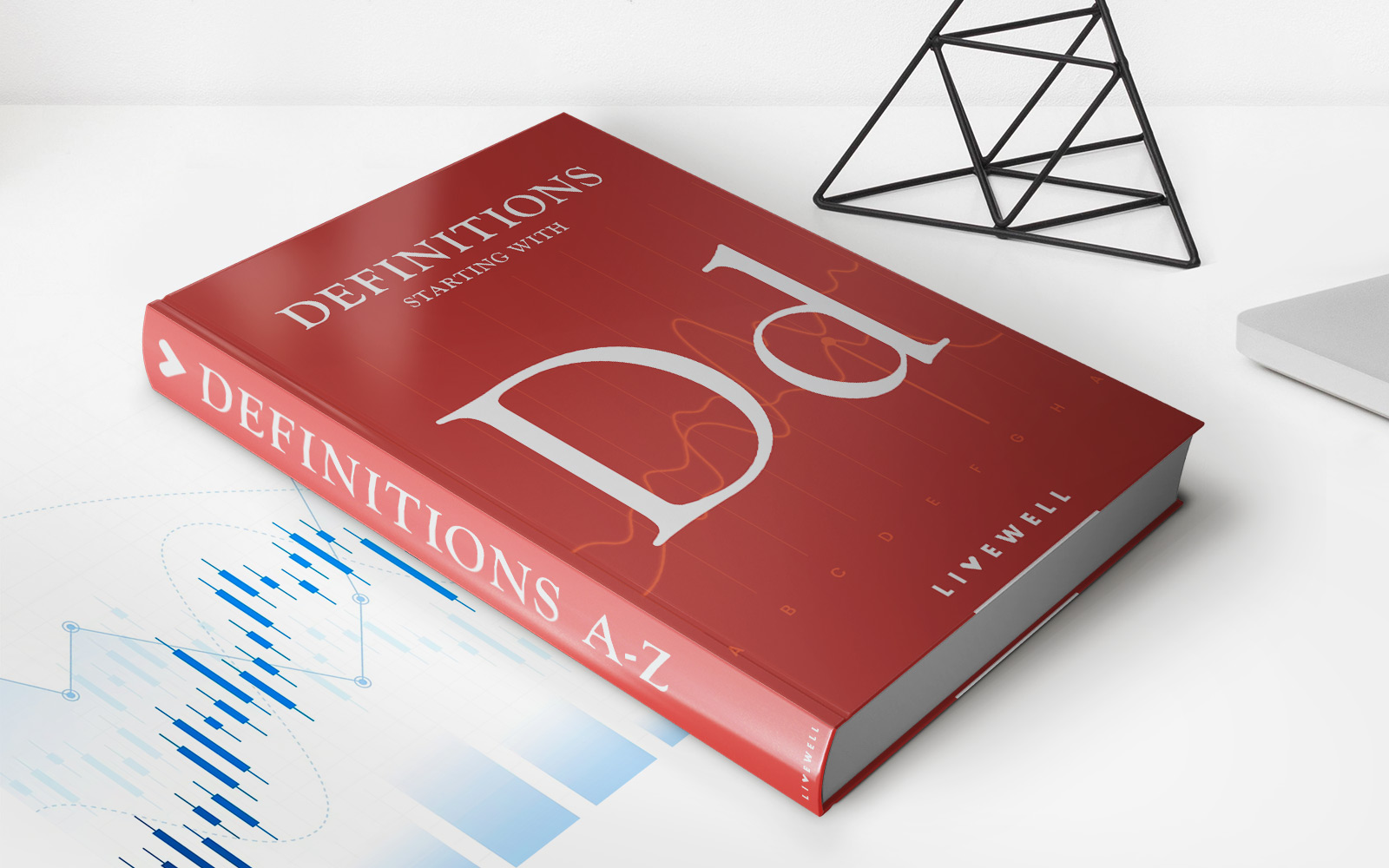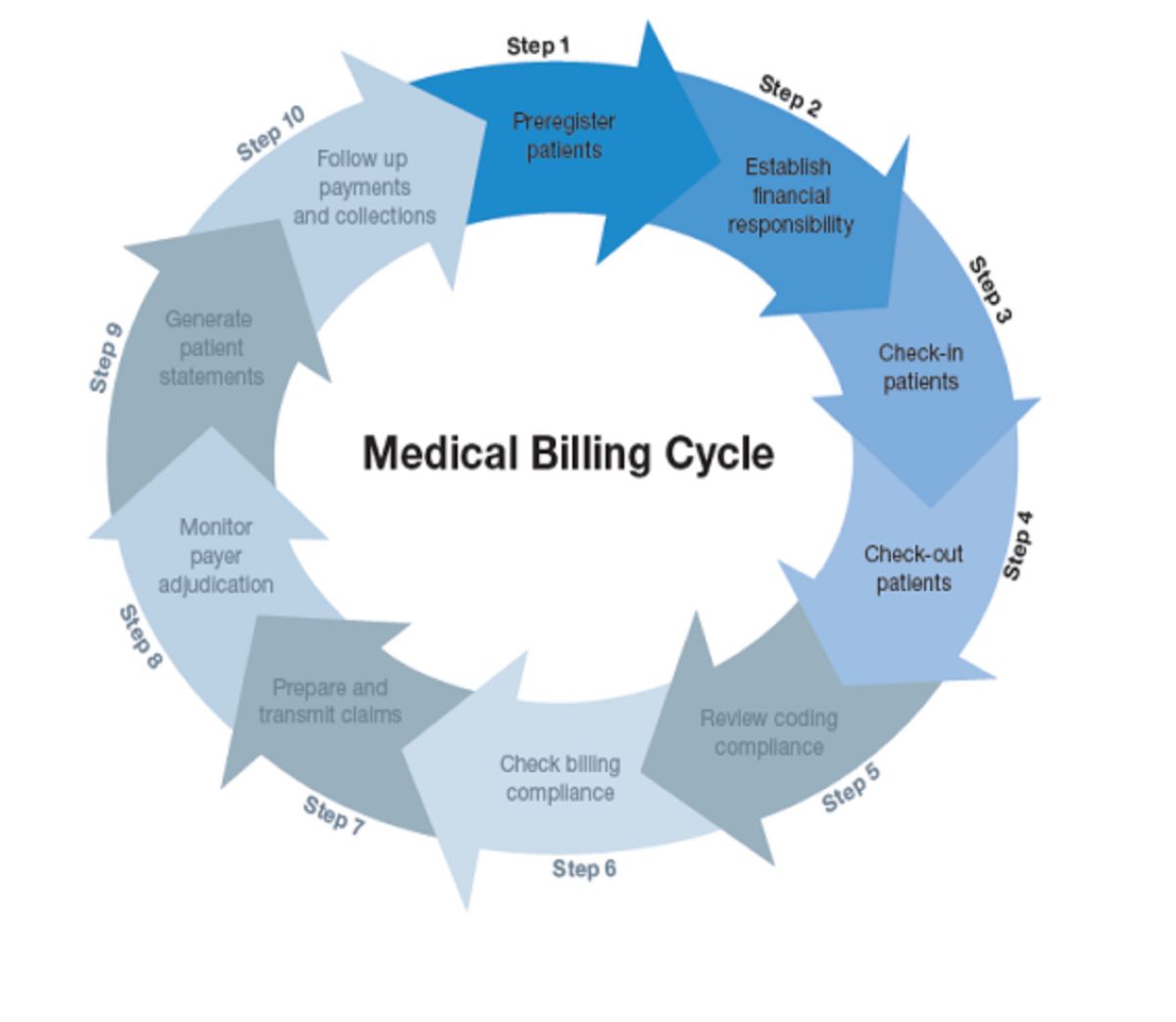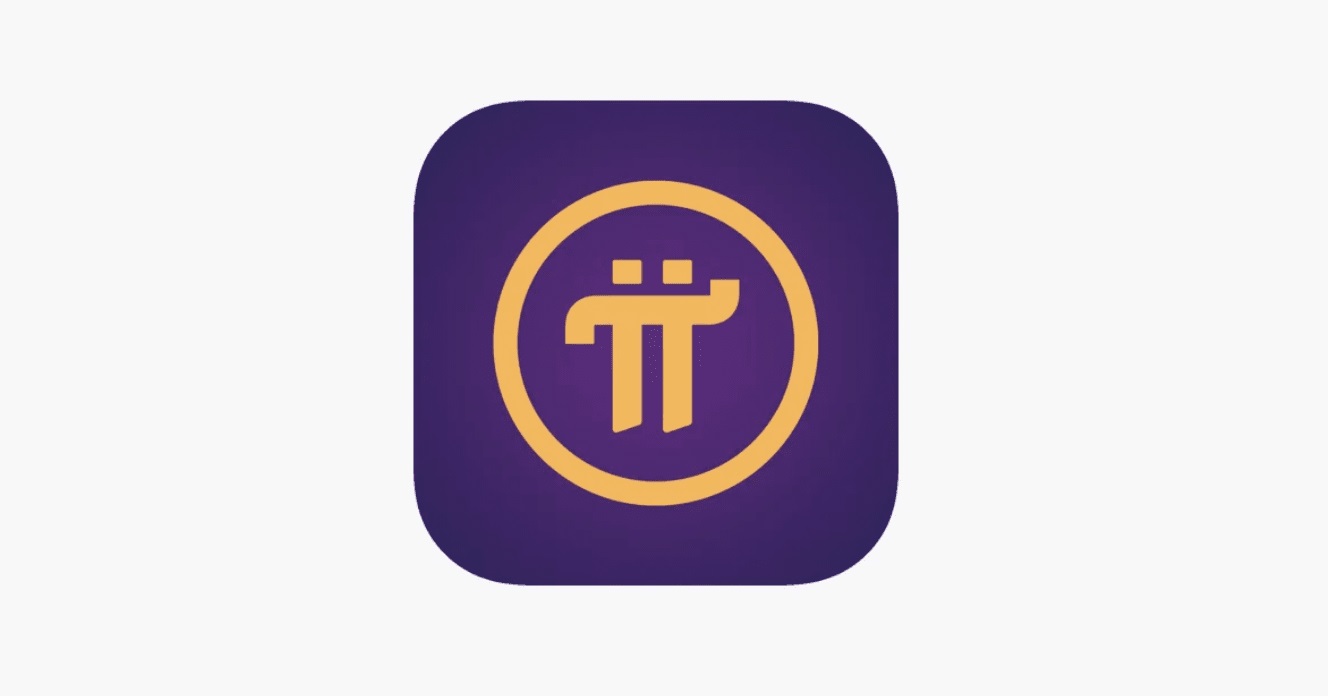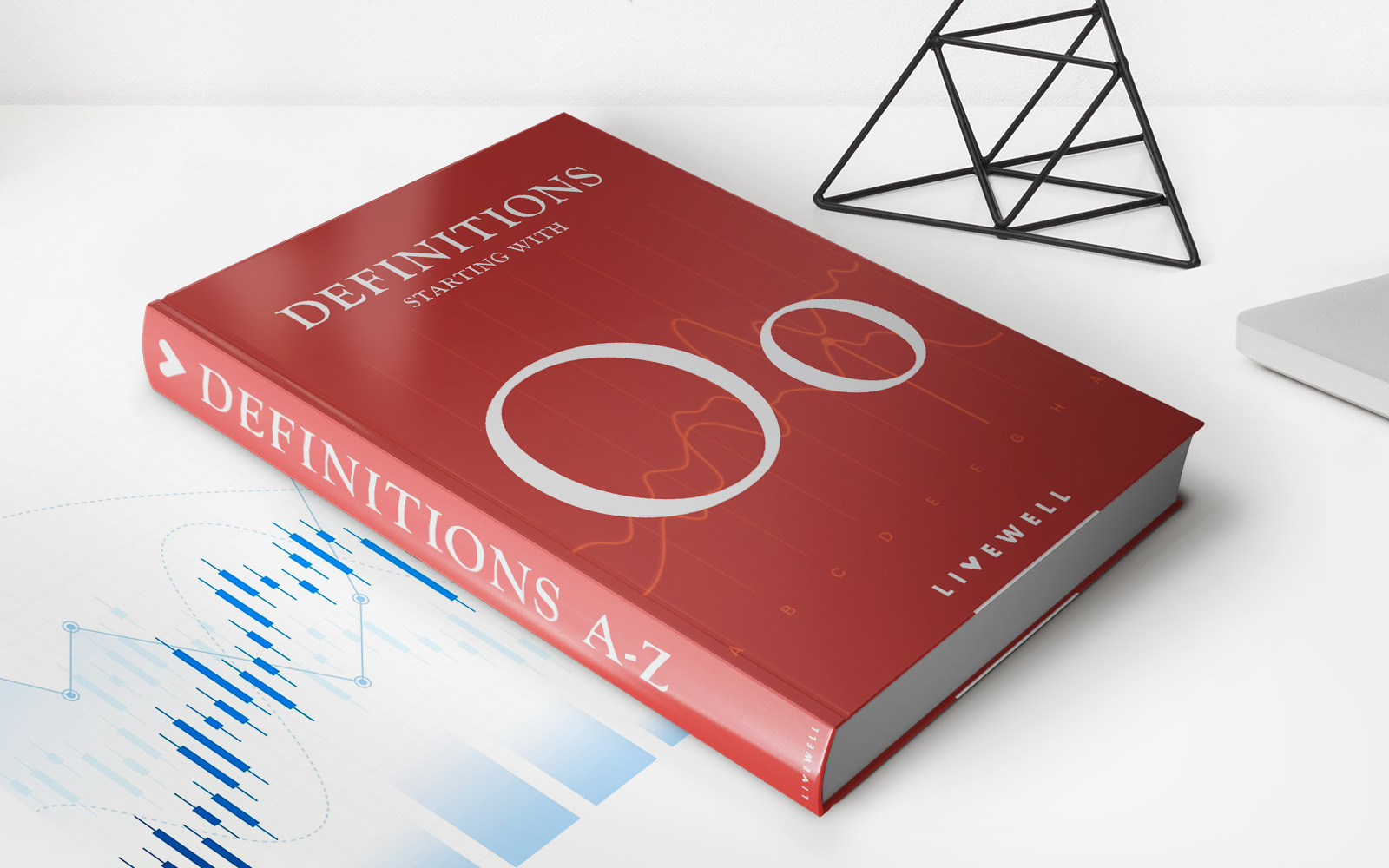

Finance
Double-Cycle Billing Definition
Modified: February 21, 2024
Learn the meaning of double-cycle billing in finance and how it impacts your payment schedule. Understand this billing method to avoid unexpected charges and manage your finances effectively.
(Many of the links in this article redirect to a specific reviewed product. Your purchase of these products through affiliate links helps to generate commission for LiveWell, at no extra cost. Learn more)
Understanding Double-Cycle Billing: Definition & Impact on Personal Finances
Welcome to another informative blog post in our finance category! Today, we are going to shed light on an important aspect of credit card billing known as double-cycle billing. Have you ever wondered how your credit card company calculates your outstanding balance and determines the interest you owe? Well, double-cycle billing plays a significant role in this process. Let’s dive in and demystify this concept, examining its definition, impact on personal finances, and how it affects credit card users like you.
Key Takeaways:
- Double-cycle billing is a method used by credit card companies to calculate interest based on the average daily balance from the current and previous billing cycles.
- This method can result in higher interest charges for credit card users who carry a balance from one billing cycle to the next.
What is Double-Cycle Billing?
Double-cycle billing is a calculation method employed by credit card companies to determine the amount of interest you will be charged on your outstanding balance. With this method, the credit card company looks at the average daily balance not just from the recent billing cycle, but also includes the previous cycle.
Traditionally, credit card companies would only consider the average daily balance from the most recent billing cycle when calculating interest charges. However, with double-cycle billing, they take into account both the current and previous cycles to determine the amount you owe in interest.
How Does Double-Cycle Billing Impact Your Personal Finances?
Now that we understand the definition of double-cycle billing, let’s discuss the impact it can have on your personal finances.
1. Higher Interest Charges: One of the significant implications of double-cycle billing is that it can result in higher interest charges for individuals who carry a balance month to month. As the credit card company includes the average daily balance from the previous billing cycle, this can lead to an increase in the overall interest calculated on your account.
2. Longer Time to Pay off Debt: With double-cycle billing, your outstanding balance takes longer to decrease, which means it will take you more time to pay off your credit card debt. This extended repayment period can lead to more interest accruing over time, making it even more challenging to become debt-free.
It is important to note that double-cycle billing is not as widely practiced today as it used to be. Many credit card companies have discontinued or modified this method due to consumer advocacy and regulations. However, it is still essential to understand its implications, particularly if you have an older credit card account or are considering applying for a new card.
In conclusion, double-cycle billing is a calculation method that takes into account the average daily balance from both the current and previous billing cycles. While it is less common now, it can have a significant impact on your personal finances, including higher interest charges and a longer time to pay off your debt. By understanding how double-cycle billing works, you can make informed decisions about your credit card usage and better manage your financial well-being.














